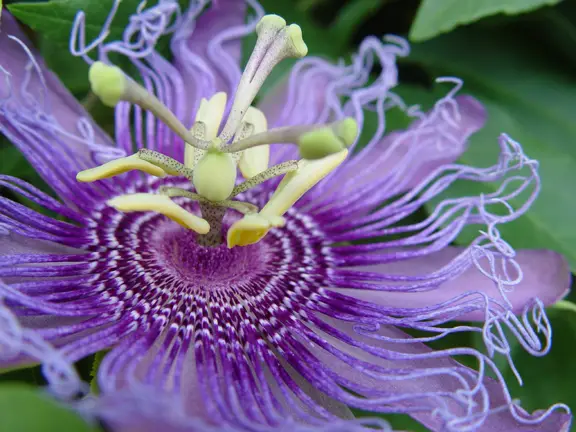A good friend began photographing flowers. He’s tall so naturally he sees the world from the top down. Every picture he took was looking straight down into a flower. After he followed my first tip of studying his photography on the TV, he realized he was not happy with a single shot he took. Not only were they all the same, he was standing over them blocking the light too.
I told him he’s going to have to get down on the flower’s level.

To really capture a blossom you want to show as much information as you can including the interior structures, the inner color, outer shape, stem, and maybe even a leaf or part of the plant it came from. If you get lucky the shot might include an unopened bud and a flower going to seed as well to reveal all these stages of its lifecycle – now that’s information! This can be hard to do with a long tubular flower, but easy with a big open daisy. Since each flower is unique to its species, the stage of its lifecycle and it’s position in the universe, each shot must be rethought to achieve the most optimal angle to include the maximum information.

This water lily shot shows overall habitat, flower buds emerging from the water, various stages of open flowers, lily pads and even the color of the undersides of the pads.
To get a lot of information you may shoot an odd perspective that shows as many of these characteristics as you can get. You won’t capture them all of course, but strive to get the most important ones. Old botanical illustrators learned to paint their flower images this same way, to reveal the information necessary to convey the visual essence of the plant.

